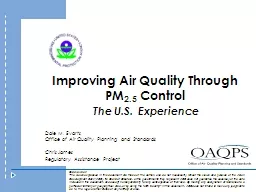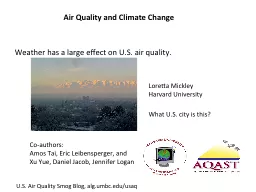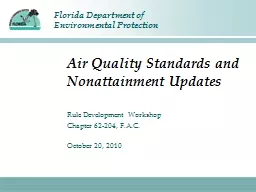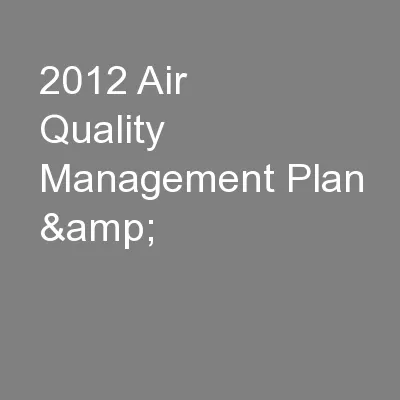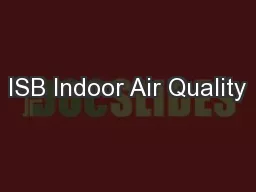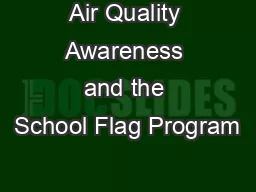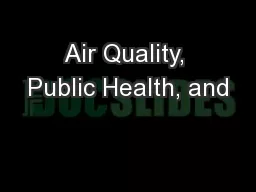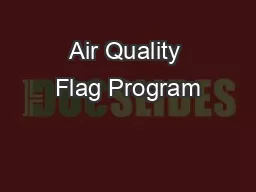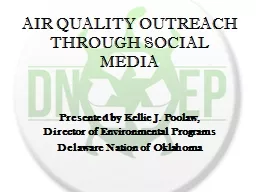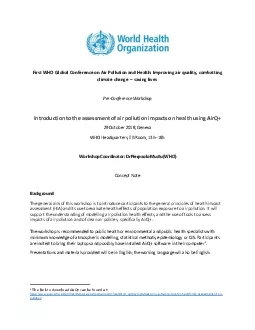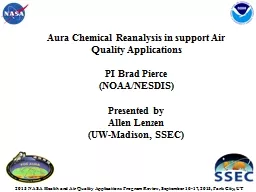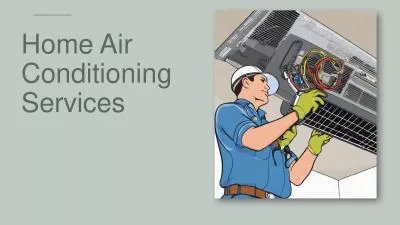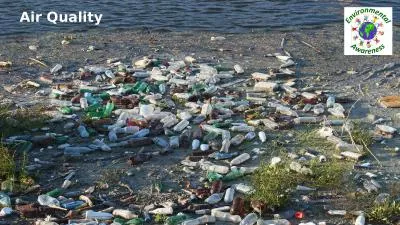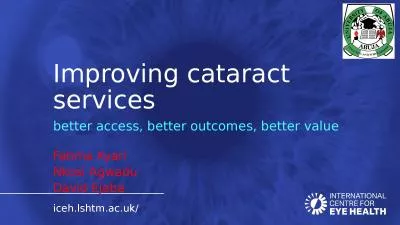PPT-Improving Air Quality Through
Author : faustina-dinatale | Published Date : 2016-08-02
PM 25 Control The US Experience Dale M Evarts Office of Air Quality Planning and Standards Chris James Regulatory Assistance Project Disclaimer The views expressed
Presentation Embed Code
Download Presentation
Download Presentation The PPT/PDF document "Improving Air Quality Through" is the property of its rightful owner. Permission is granted to download and print the materials on this website for personal, non-commercial use only, and to display it on your personal computer provided you do not modify the materials and that you retain all copyright notices contained in the materials. By downloading content from our website, you accept the terms of this agreement.
Improving Air Quality Through: Transcript
Download Rules Of Document
"Improving Air Quality Through"The content belongs to its owner. You may download and print it for personal use, without modification, and keep all copyright notices. By downloading, you agree to these terms.
Related Documents

